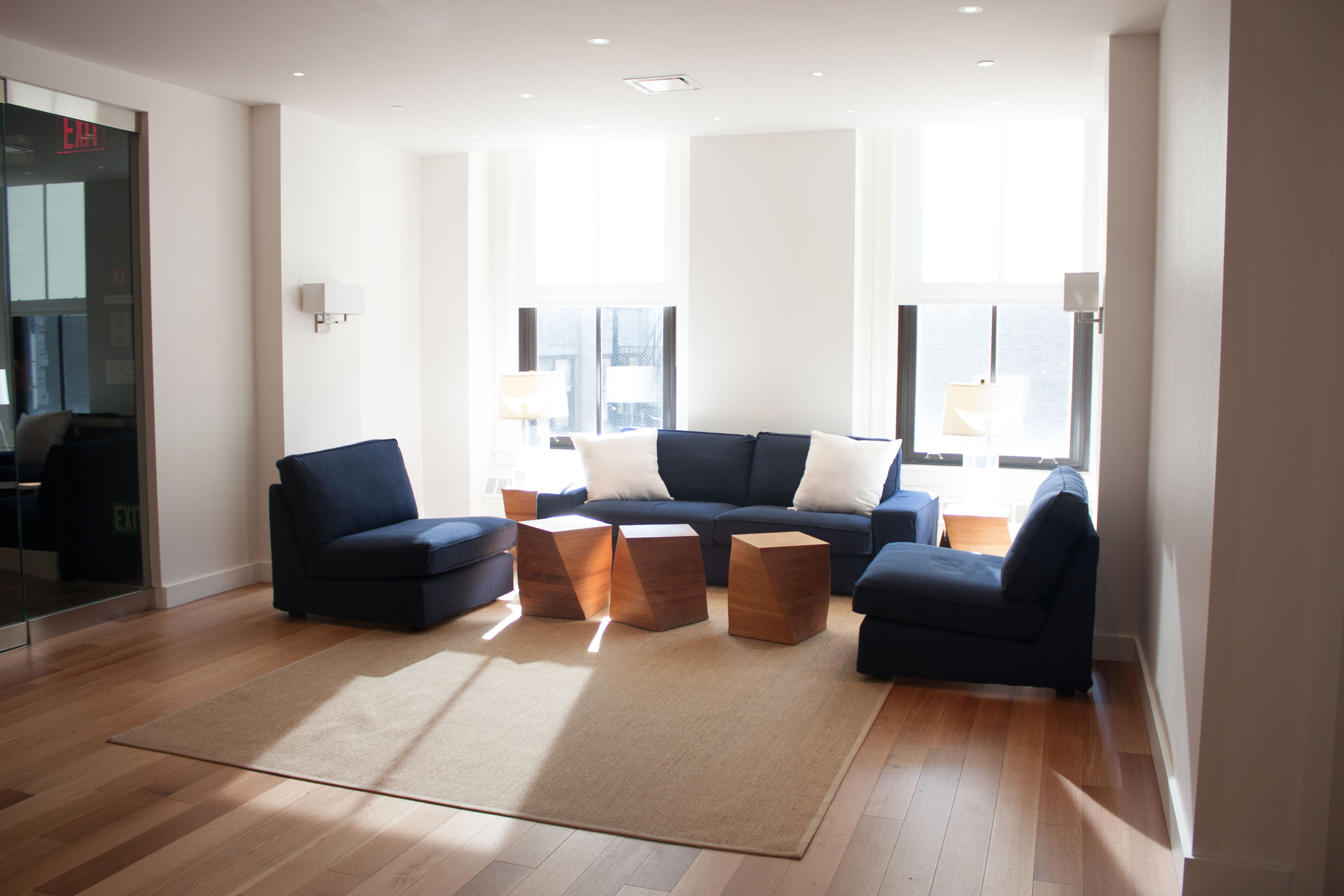 Did you ever gaze out of the window at your office wondering what was going on outside?…I mean…having an incredible moment of inspiration. Well, so has everyone else since before the United States was established. Starting largely with London’s famed East India Company; offices have gone hand in hand with daily work life. Many people of the time would go in to work at nine and stumble out twelve hours later, finding respite only in the local coffeehouse for short breaks. And so it went that every day for forty years, whether you were an English merchant or Donald Draper, the inside of the office became your home away from home.
Did you ever gaze out of the window at your office wondering what was going on outside?…I mean…having an incredible moment of inspiration. Well, so has everyone else since before the United States was established. Starting largely with London’s famed East India Company; offices have gone hand in hand with daily work life. Many people of the time would go in to work at nine and stumble out twelve hours later, finding respite only in the local coffeehouse for short breaks. And so it went that every day for forty years, whether you were an English merchant or Donald Draper, the inside of the office became your home away from home.
Just like fashion throughout the centuries, the office interior has changed with the passing of the years. In that way, fashion and interior design have become inextricably connected and continue to be to this day. This month, in honor of New York City’s fashion week, we will take a look at the way design, whether it is the interior of a building or the cut of your shirt, has an effect on us all.
The Early 20th Century
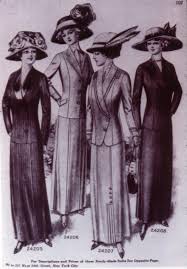 |
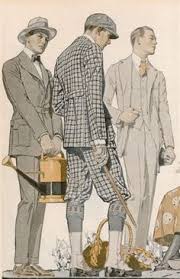 |
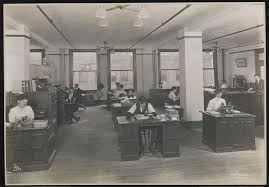 |
Offices in the early part of the century were basically a large open space with rows of desks set up like a classroom. Taking from the utilitarianism of the factory set-up, a few perimeter offices were reserved for the executives to look in on all the desk-workers. Decoration was sparse with uniform lighting throughout and a large clock, used for checking in and out of work, typically hung from the ceiling.
This scant aesthetic and practical design was reflected in the way people dressed to fit any particular situation. Men’s fashion often required different attire for each occasion, with a standard three-piece suit for work, a “Norfolk Suit”, outfitted with knickerbockers, made for sporting, and dinner attire that featured a tailcoat and top hat. Women’s fashion of the time moved away from the “S” styles of the late 19th century and began to resemble the straight-away attitude of the time, literally. Corsets and bustles were removed and straight-line skirts, called hobbles, became the mainstay of daily wear as the trend towards tailored jackets and suit-styles of the 1920s developed.
The Mid 20th Century
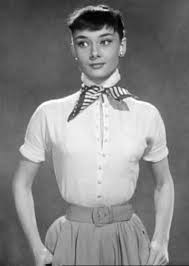 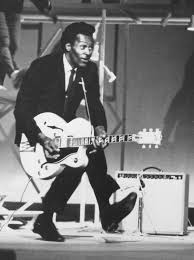 |
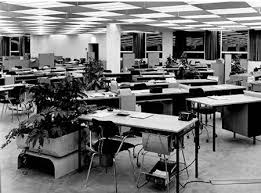 |
Around the middle of the 20th century the office began to change to adopt a more egalitarian culture. Appropriating the German style of “Bürolandschaft”, or office landscape, desks were now set up to encourage more socialization and openness between employer and employee. The “landscape” was very often designated by function, where clerks set up next to each other and creative departments utilized a pinwheel fashion.
Like the freedom to arrange the office in the most conducive way, the old fashion standard of conforming to a certain look for a specific situation started to become a thing of the past. The “continental” suit became commonplace for men, which featured shorter lapels, lighter fabric, and a more fitted design. With the rise of rock and roll, icons like Elvis, Chuck Berry, and Johnny Cash began to influence the male dress wear. Women moved away from the “boyish” styles of the previous period and embraced more fabrics that emphasized their bodies. Women’s suits with A-line skirts and sleeveless shirts gave a feminine touch to the more masculine styles of the past.
The End of the Century
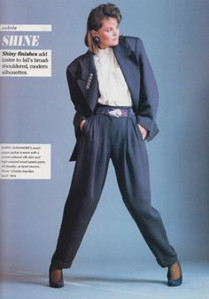 |
 |
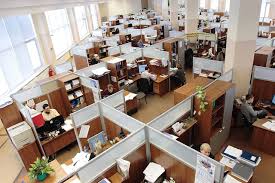 |
As all things old become new again, the end of the 20th century incorporated elements from past periods of architecture, design, and fashion with new ideas. One of these new interior design elements was termed the “action office”, otherwise known as the cubicle. These were originally designed by Robert Propst for Herman Miller in the early ‘60s to bring freedom, mobility, and all of that good stuff to the office interior. However, by the 1980s the cubicle was a way to accommodate office employees that were too senior for a standard workspace but too junior for a personal office. Ultimately these action offices were used to excess and overtook almost the entire floor plan in a “sea of cubicles” approach.
Holding onto that principle of old and new in interior architecture, fashion followed suit. Men began wearing double breasted suits similar to those of the 1940s, while women’s clothing featured, well, almost the same thing. Shoulder pads and prominent jewelry items were added to “power suits”, defined by short cut jackets and knee length skirts. Perhaps as a reaction to the blandness of the office style, bright colors, big hair, and comfortable athletic wear became the new norm as opposed to the more muted fashions of previous periods.
Today and Tomorrow
In our increasingly mobile, portable, and technologically enhanced atmosphere, the definition of an office continues to be blurred. Interior design incorporates elements of today’s fashion world into our offices while designers continue to use architecture as inspiration for their art. At Talisen, it is important to us to capture both the utilitarian necessities of an interior space while integrating the work of incredible design professionals to produce an outstanding result. For more discussion on how building interiors are changing check out our recent articles on how the current education system, outdoor work areas, and green features are remaking many of New York City’s buildings. Reach out and let us know what you think via LinkedIn and Twitter or leave a comment below.
If you’re interested in receiving a monthly article like this one, let us know at info@talisencorp.com. We look forward to hearing from you.
